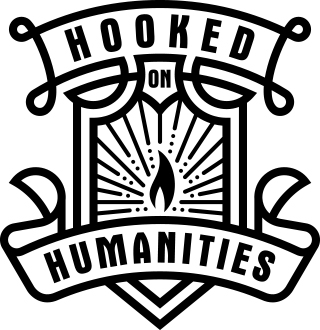Source Analysis
Examining sources is critical in Humanities and Social Sciences. Sources encourage students to see the relevance and contested nature of historical, social and environmental issues. Close reading of visual and written texts give students the opportunity to engage with multiple perspectives and explore contemporary concerns and interests. This process of examining and evaluating a variety of sources provides students with a depth of understanding from which critical judgments about values such as social justice, democracy and sustainability can be made.
The February Revolution
Teachers can use this as an avenue for students to conduct a mini investigation into the February Revolution. It can also be used to consolidate student understanding of the Revolution whilst providing students with practice in addressing source-based questions.
U.S.A & World War I
This resource is designed to encourage students to hone their skills in answering ‘message’ and ‘usefulness’ questions. Leading questions are included to support students in evaluating historical sources. Also included in an interesting hook into the sinking of the Lusitania in 1915.
Source analysis I
This resource is designed to help students navigate the Source Analysis section of the ATAR Modern History exam. It provides students with graphic organisers and teaches them the mechanics of responding accurately and evaluatively. This first set focuses on ‘context’, ‘message’ and ‘usefulness’. Sample answers help students with concrete examples.
The Power Struggle
This resource is designed to be used in a Flipped Classroom. Students can read their text on the Leadership Struggle at home, make notes and come to class prepared to discuss and debate the issues which arise in these carefully selected sources. Analytical questions encourage deep understanding.
The break-up of Yugoslavia
The break-up of Yugoslavia is one of the ‘significant events that followed the end of the Cold War’. Based on an essay, this teaching resource consists of a range of historical sources which allow students to cast a critical eye on the wars that challenged the European Union and re-defined NATO’s role in Europe.
Source analysis II
The second in this series, Mastering Source Analysis II delves into questions which relate to perspective, purpose and contestability. Sample sources with exemplars are included. Given the challenging nature of these questions, notes and teaching strategies are included to help students with understanding how the evaluation of such sources can be undertaken.
Australia Responds
Designed for student revision, this source study set focuses on nature of Australia’s response to key developments in international relations and, the resultant impacts. This package includes four (4) historical sources, 5 ATAR-based source analysis questions and sample answers.
Stalinism Source Study
Year 12 students need to be provided with as many source study sets to hone their analytical skills in a key part of the Modern History course. This source set provides students with four historical sources - written and visual. It also has sample answers that will be useful for students to self-evaluate.
Source analysis III
Students often lose their direction when they arrive at the final question on the ‘whole period of study’. The third and final resource in this series delves into unpacking the question, providing students with the language they need and giving them effective strategies to plan for and respond to this challenging question. Four source sets with an exemplar to the whole period questions are included.









